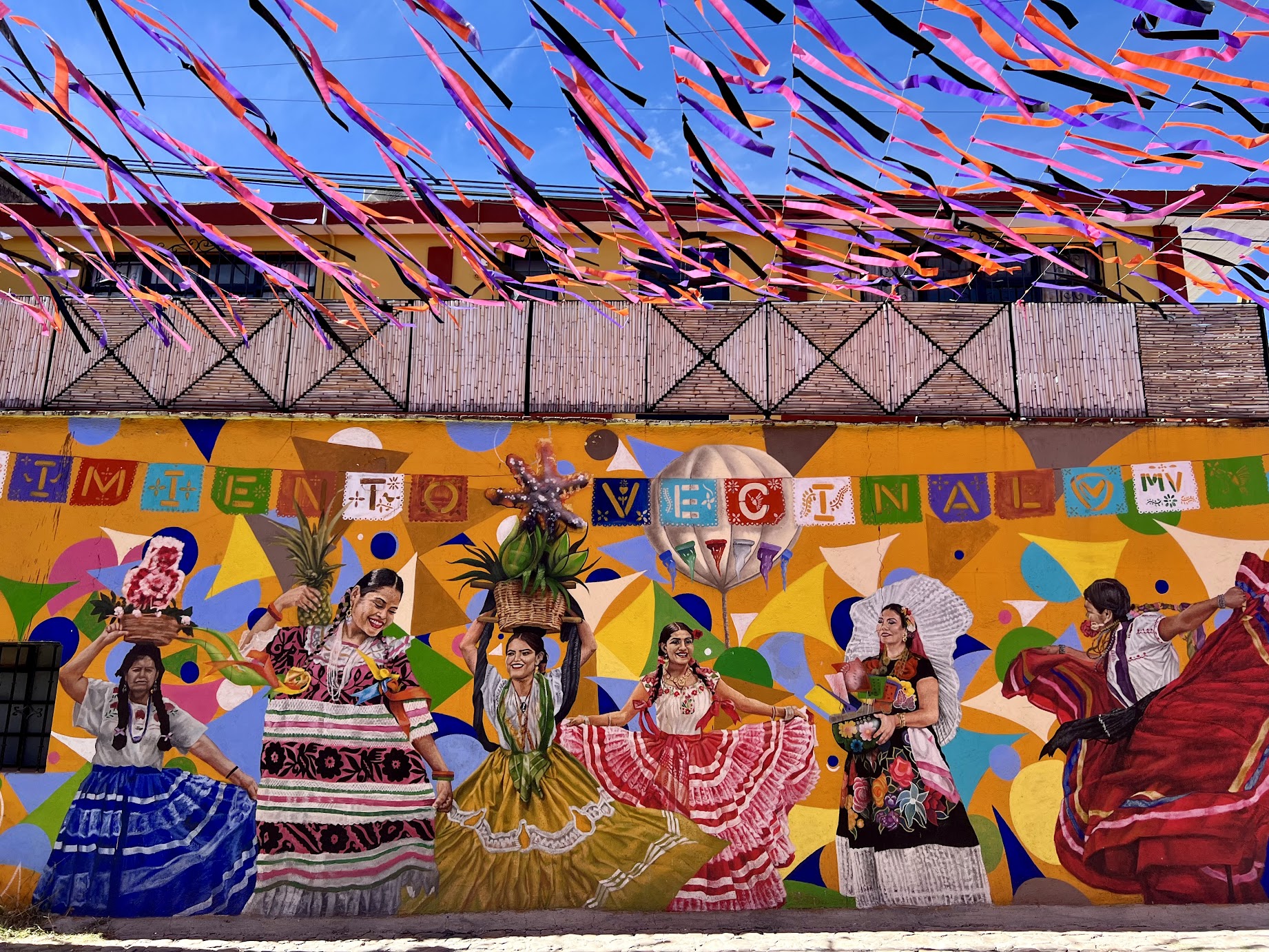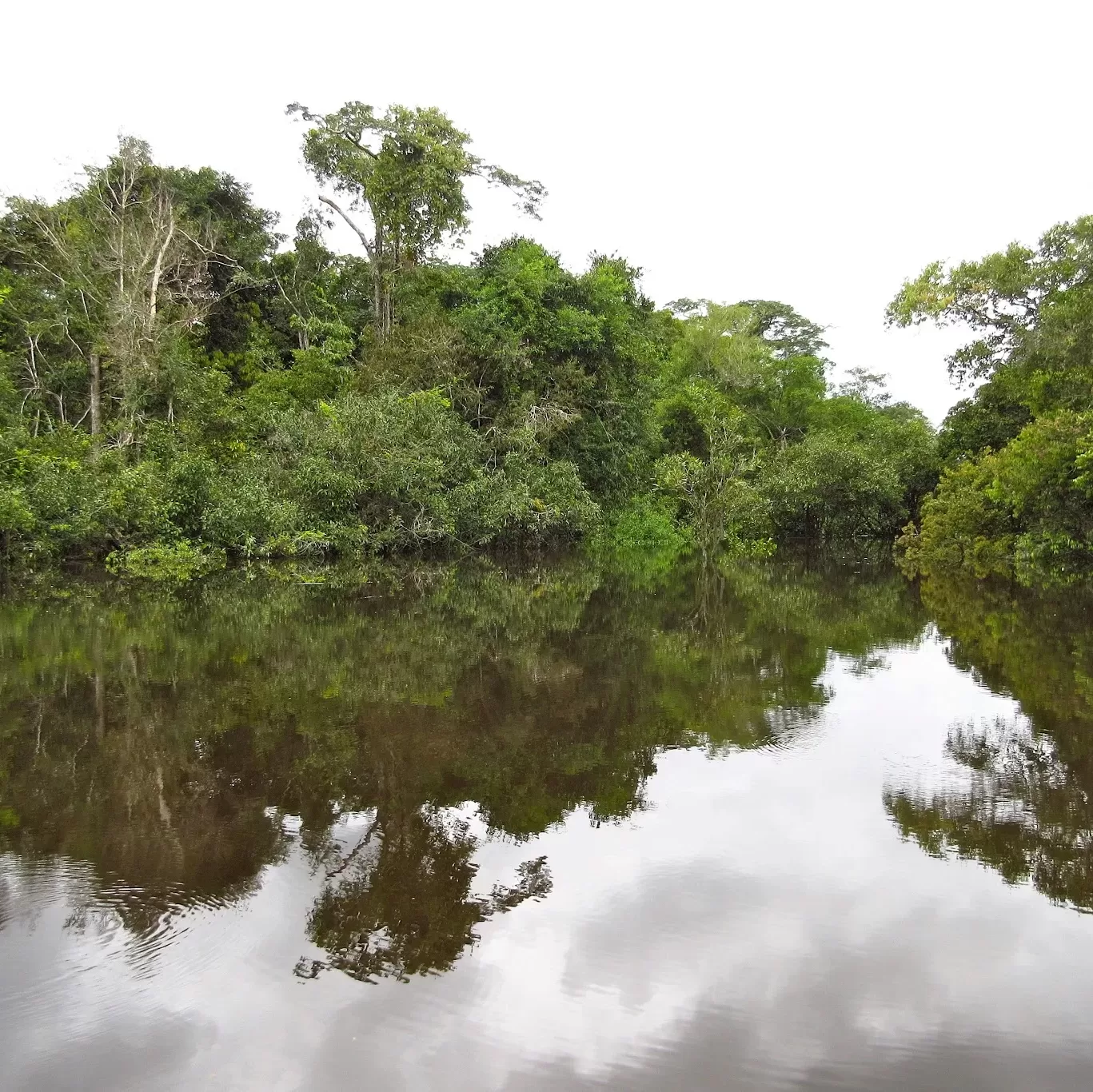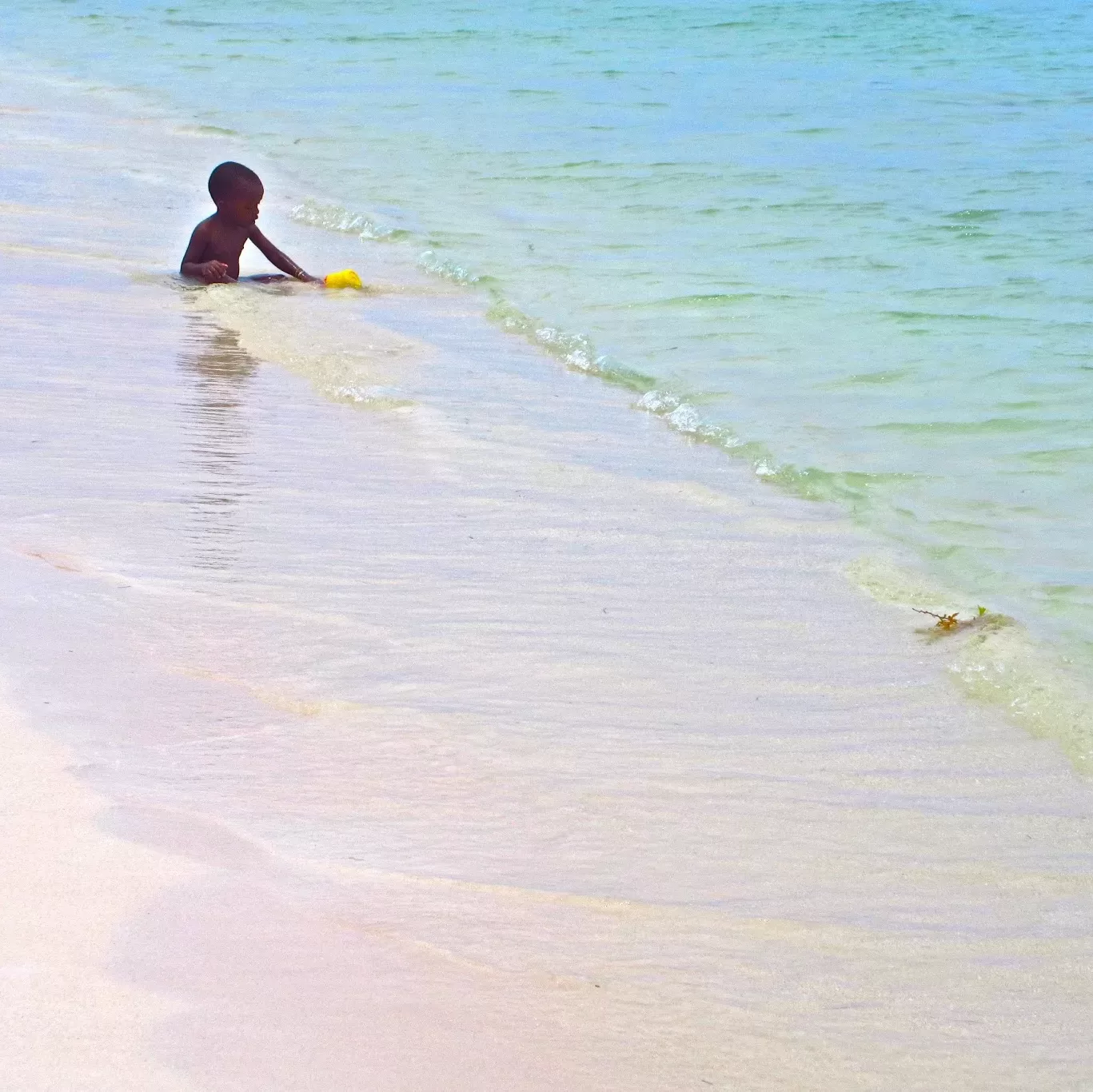
Here’s what to know about safety in Oaxaca City, Mexico, including what to watch out for, precautions to take, and what to do in an emergency. Check out more on Oaxaca, like how long to spend there; 10 interesting facts; the best sights, museums, markets, shopping, art galleries, hotels, and day trips; and what and where to drink.
Is Oaxaca City safe? Here’s what to know
Mexico’s high violent crime rate is mostly related to cartel activity and drug trafficking outside of Oaxaca. While there is criminal activity in Oaxaca state, particularly in the Isthmus region and Federal Highway 200 between Pinotepa and the Oaxaca-Guerrero border, Oaxaca City is considered relatively safe! For example, the U.S. has deemed it secure enough that its officials can travel freely in the city and surrounding area without restrictions. The main threat in Oaxaca City is petty crime like pickpockets and bag-snatching, especially in crowded places like markets and transportation hubs or during the city’s events and festivals. While violent crime like muggings is not very common, it can occur. You can minimize risks by taking the precautions below. Here are tips and guidance on staying safe in general.
My personal experience
I would not pass up an opportunity to visit incredible Oaxaca City because of safety concerns. I felt safe in the city and freely took photos with my iPhone in touristy areas. Most visitors stay in the historic center, which is always busy and generally well-lit. For those reasons, I felt safe walking in the tourist zone day or night. The farther out you venture, the more cautious you should be. I also felt comfortable in the Barrio de Jalatlaco neighborhood, known for its spectacular murals (photo above). But because it’s a less populated residential area, be vigilant if you’re alone and avoid walking around the neighborhood after dark. I also felt safe in the villages surrounding Oaxaca City, which I visited on organized tours.
How to stay safer
In case of emergency
Emergencies should be reported to the local police by calling 911. Victims of crime should contact the local authorities to file a police report before leaving the country. In most instances, these reports will be filed with the Ministerio Publico (equivalent to the office of public prosecutor or district attorney in the U.S.) and not with police first responders. I also recommend contacting your country’s embassy or consulate in Mexico for support, particularly in the event of sexual assault, as they can help you find appropriate medical care. Supporting citizens abroad is one of their primary and most important responsibilities. Here is the U.S. Embassy’s emergency contact information for American citizens.




Leave A Comment